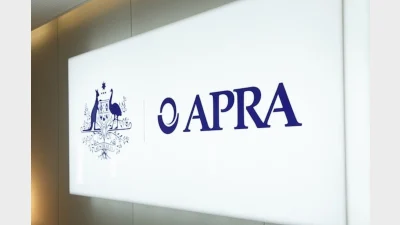Equities like apples to oranges
According to some asset managers, comparing international and domestic equities is not as simple as it might seem. This is because of the relatively recent distinction between ‘traditional’ international markets and ‘emerging’ international markets.
The term ‘traditional’ refers to the US and European markets, while ‘emerging’ encompasses Brazil, Russia, India and China, referred to as the BRIC countries.
Responding to the growing popularity in Australia for investment in BRIC countries, Standard & Poor’s and Dow Jones recently launched indices to capture these emerging markets.
Stuart James, associate director at Aberdeen, says that this is where the strong performances are to be found. “These only make up about 7 per cent of [traditional international funds], but emerging markets returned 42 per cent for the year up to May 31, 2006,” he says.
Recommended for you
Super funds have recorded modest gains in September as global equity strength and an AI-driven rally lifted investment returns.
ASIC is seeing an increase in misconduct exploiting superannuation, it stated in its latest annual report.
The super sector has welcomed the government’s payday super legislation, calling it a landmark step for fairer retirement outcomes.
The regulator has ordered super trustees to strengthen oversight of platform investments after member losses from failed schemes exposed governance weaknesses.









